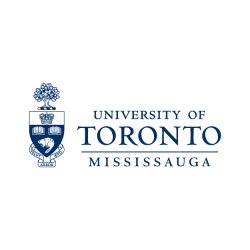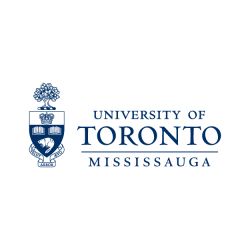Title Page
-
Audit Title
-
Client / Site
-
Conducted on
-
Prepared by
-
Location
-
Personnel
A Note Regarding the Checklist
-
This checklist is intended to provide general guidance on inspecting office environments for potential health and safety hazards. It is not intended to be exhaustive. Committees should customize checklists to their own workplaces.
Emergency Preparedness
First Aid
-
First aid kit readily available
-
First aid kit fully stocked
-
List of trained first aiders posted
Emergency Equipment
-
Fire control equipment regularly tested
-
Fire control equipment appropriate for type of fire it must control
-
Emergency lighting in place and regularly tested
-
Emergency exits marked
Emergency Procedures
-
List of emergency phone numbers posted
-
Personnel trained in emergency procedures (e.g. evacuation, fire, bomb threat)
-
Personnel familiar with accident report procedures
Safety Bulletin Boards
-
Copy of the Occupational Health and Safety Act posted
-
Current list of health and safety committee members posted
-
Minutes of the last committee meeting posted
-
University Health & Safety Policy posted and current within one year
-
University Workplace Violence and Harassment Policies posted
Security/Personal Safety
-
Where the following conditions exists, measures and procedures have been developed to address personal safety:<br>- Providing services to non-UofT community<br>- Handling valuables (cash or other)<br>- Working alone, in small numbers, or during off-peak hours
-
Work is scheduled to avoid, as much as possible, working alone, in small numbers or during off-peak hours
-
Adequate lighting in and around work areas
-
Good sight lines at entrances and exits
-
If there is a reception area, visitors are greeted promptly and/or required to sign-in
-
Location of valuables is locked/hidden (petty cash is kept to minimum)
-
Workers have a secured location, out of public sight, for personal belongings (e.g. purse)
-
A means of summoning immediate assistance is available
-
Emergency phone numbers (e.g. campus police) are posted
-
Distribution of keys is controlled and recorded
-
Non-workers are accompanied in restricted areas
Sanitation and Amenities
-
Eating facilities clean and tidy
-
Toile and washroom facilities adequate and clean
-
Drinking water available
-
Hot and cold water available
Floor, Aisles, Stairways, Exits
-
Clear and unobstructed
-
Adequate aisles and walkways
-
Free of loose materials, debris, spills or worn carpeting
Housekeeping
-
Materials safely stored
-
Work areas and floors clean and organized
-
Floor regularly cleaned
-
Paper and wastes properly disposed of
-
Surface dust levels low
Lighting
-
Adequate for tasks conducted
-
Light fixtures in good condition
-
Work surfaces free from glare or shadows
-
Floors, aisles and staircase are well lit
Indoor Air Quality
-
Ventilation adequate for room conditions and usage
-
Ventilation systems regularly inspected, tested and maintained
-
Air inlets and outlets free of contaminations such as dust, dirt or mould
-
Thermal comfort maintained (temperature, humidity, air velocity)
Workstation Ergonomics
-
Appropriate adjustable furniture and equipment available
-
Workstation heights adjustable to suit worker size
-
Chairs well designed/adjustable
-
Foot rest provided where needed
-
Sufficient work space
-
Frequent breaks from computer or from fixed position work
-
Cart or other appropriate mechanical lifting equipment available and used for handling heavy materials
Office Equipment
-
Wall and ceiling fixtures securely fastened
-
Desk and file drawers kept closed when not in use
-
Office accessories secures or stored when not in use
-
Filing cabinets/shelves properly secured to floor and/or walls
-
Furniture and equipment free of sharp edges
-
Electrical or telephone cords not a trip hazard
-
Photocopiers and printers located in well ventilated area to prevent contaminant buildup
Noise
-
Noise levels within acceptable office levels for the activities conducted
Electrical Safety
-
Electrical cords, plugs and sockets in good condition
-
Extension cords not used as permanent wiring
-
Adequate electrical cords
-
Electrical outlets not overloaded
Chemical Safety
-
Chemical agents properly identified and labeled
-
Material safety data sheets available for chemical agents
-
Where required, employees trained in WHMIS, including safe use, handling and disposal of chemical agents







